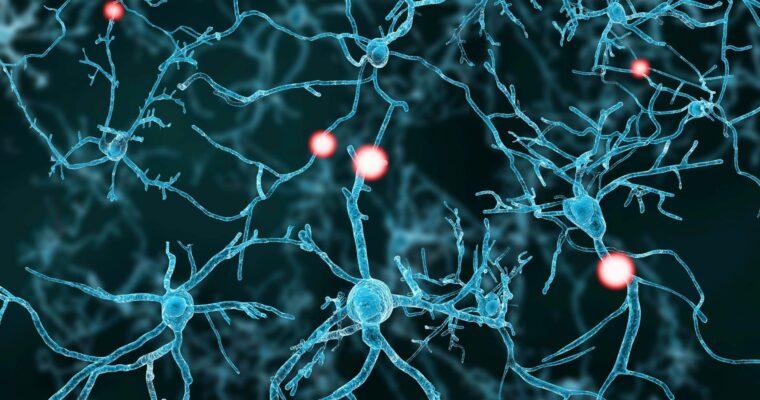| Protein Powders
Dr. Claire Arcidiacono, ND
Invite health has a number of different type of protein powders. These include a whey based protein, a plant based protein and even a weight management powder that can help improve our overall nutrition. That being said why is protein important? What exactly does it do in the body? Let’s get into it, shall we?
Protein is a building block of many parts of our body. For example it is a part of our hair, skin, nails, bones and even our muscles. It is also a big part of our immune system since protein helps make things like antibodies. Protein also helps with our energy. Protein also plays a part in carrying oxygen throughout our body. (1) Protein also appears to reduce ghrelin while increasing peptide YY. In other words protein can reduce your “be hungry hormone” while increasing the “be full hormone”. This mean that protein intake can help us to maintain a healthy weight. As I said protein is a part of our bones. Studies have found that protein intake helps to maintain bone mass and helps to reduce the risk of osteoporosis and the risk of fractures. Studies have also found that higher protein intake is associated with better blood pressure control. It is also associated with reduced cholesterol especially our LDL and triglyceride levels. Studies have also found that protein can help our body to heal itself after an injury or even a surgical procedure. (2) This is because protein is one of the building blocks that “make us up”.
As you can see protein has a lot of benefits for our health. But what is the difference between the Whey and Plant Protein that Invite makes? And where does the Weight Management Powder come into play? In my clinical experience Weight Management Powder is more appropriate when you need vitamins and minerals in addition to protein. For example if your food intake is low due to a decrease in appetite the Weight Management Powder can help maintain your weight and overall nutrition. Whey Protein and Plant Protein can be helpful for those who need to increase their protein intake. For example as I mentioned in my blog on weight loss during cancer treatments your taste buds can change leading you to dislike certain foods. If you find that you are having trouble getting enough protein Whey and Plant based protein are a good choice. Now I know what you’re thinking, but what’s the difference between the Whey and Plant protein? Well it’s the source of the protein used. Whey is exactly what you’re thinking. It’s the liquid in curds and whey! In other words yes whey is from dairy. (3) Plant based protein gets its protein from a combination of pea protein, rice protein, hempseed protein, pumpkin seed protein, flax and chia protein. In case you’re curious Weight Management Powder has a combination of whey and soy protein.
Now how do you choose? Well the best way is to make a list of your goals and speak to an Invite nutritionist!
How do you use protein powder?
· Add to shakes with fruit, nut butter and milk of choice!
· Blend with pancake mix, water, 2 eggs and blueberries and cook as you would pancakes for a fun breakfast!
· Cook some oatmeal and add protein powder, yogurt, maple syrup and cinnamon!
· Add some ice and frozen fruit to a blender, protein powder and a few tablespoons milk of choice and blend up for a nice frozen treat!
· Mix some oatmeal, protein powder, eggs in a blender and add some fruit of choice. Add to a muffin tin and bake up for some healthy muffins!
Our next topic will be Digestive changes experienced during cancer treatments. For example mucositis will be covered here!
Sources:
1. https://www.webmd.com/diet/benefits-protein
2. https://www.healthline.com/nutrition/10-reasons-to-eat-more-protein
3. https://en.wikipedia.org/wiki/Whey

|






